Cremations on the Bagmati river
A sacred journey along Nepal’s holy waters
Along the banks of the Bagmati River in Kathmandu, Nepal, one of the most sacred Hindu ceremonies takes place on a daily basis.
The ancient Pashupatinath Temple complex serves as the backdrop for cremation ceremonies that have occurred for centuries, marking the final journey of the departed.
The significance of cremation in Hindu culture
Hindu rituals surrounding cremation hold deep spiritual meaning.
The Bagmati River, considered sacred by Hindu followers, carries profound importance in these final rites. According to tradition, cremation along its banks helps break the cycle of rebirth and achieve moksha (liberation).
The cremation grounds feature multiple funeral pyres where sacred ceremonies occur from sunrise to sunset. Each cremation follows precise Hindu rituals passed down through generations. Family members participate in specific roles, with the eldest son traditionally leading the ceremonies.
Daily rituals along the riverbank
The day begins early at the Bagmati River, as funeral pyres are prepared for the day’s cremations. Local priests assist families in performing the necessary religious traditions before, during, and after the cremation process. The atmosphere remains solemn yet accepting, as the community acknowledges death as a natural transition.
Before the cremation ceremony begins, several important rituals take place. The body is bathed in purified water and dressed in simple white clothing. Sacred threads are tied around the body, and family members place tulsi leaves, rice, and flowers near the deceased. A small piece of gold or ghee is placed in the mouth, symbolising offerings to Agni, the fire god.
Following the cremation, families perform specific rituals over thirteen days. On the third day, relatives collect remaining ashes and bone fragments from the funeral pyre. These are placed in a clay urn and kept until they can be immersed in a holy river.
The tenth day marks an important transition when male family members shave their heads and perform a feast for ancestors. Throughout this period, the deceased’s immediate family observes strict dietary restrictions, typically eating only one simple vegetarian meal per day.
Small shops near Pashupatinath Temple provide the materials needed for these sacred ceremonies. Wooden logs, orange marigolds, and other ritual items create a constant flow of activity along the riverbank.
The sound of prayers and ceremonial bells mingles with the flowing waters of the Bagmati River.
Environmental challenges and preservation efforts
The increasing number of cremations along the Bagmati River has raised environmental concerns prompting local organisations to try balancing religious traditions with ecological preservation. Modern electric crematoriums now offer an alternative while maintaining respect for Hindu rituals.
Cultural impact and local community
The cremation grounds represent more than just a place of final rites.
They serve as a centre for cultural preservation and spiritual practice. Local families have maintained these sacred ceremonies for generations, passing down the knowledge of proper Hindu rituals.
The Pashupatinath Temple complex continues to draw people seeking to understand these ancient traditions. The daily cremations along the Bagmati River demonstrate the enduring strength of Hindu religious traditions in modern Nepal.

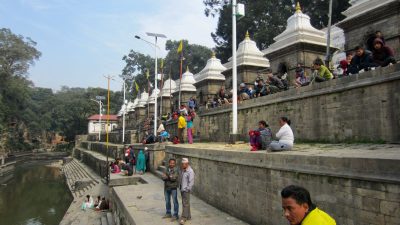
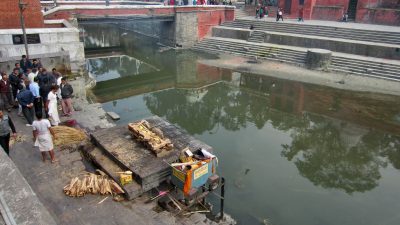
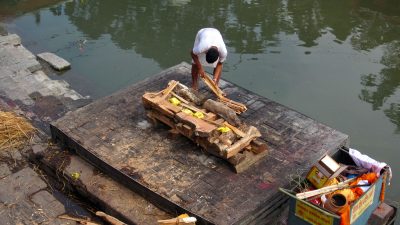
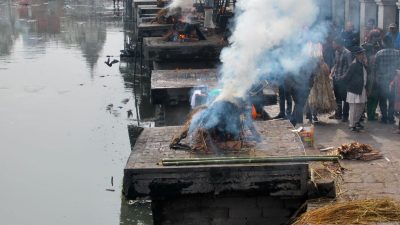

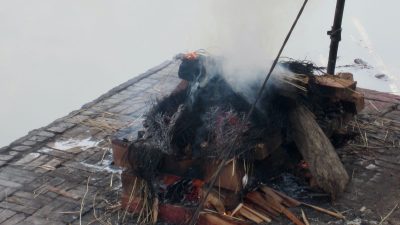
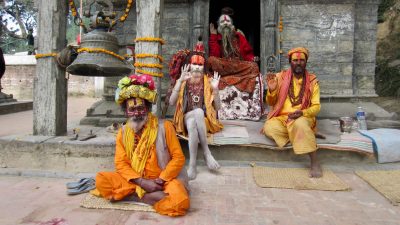
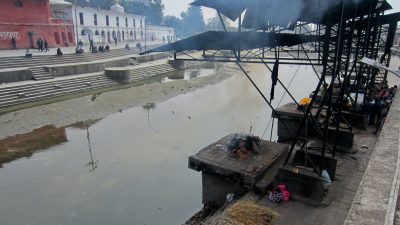
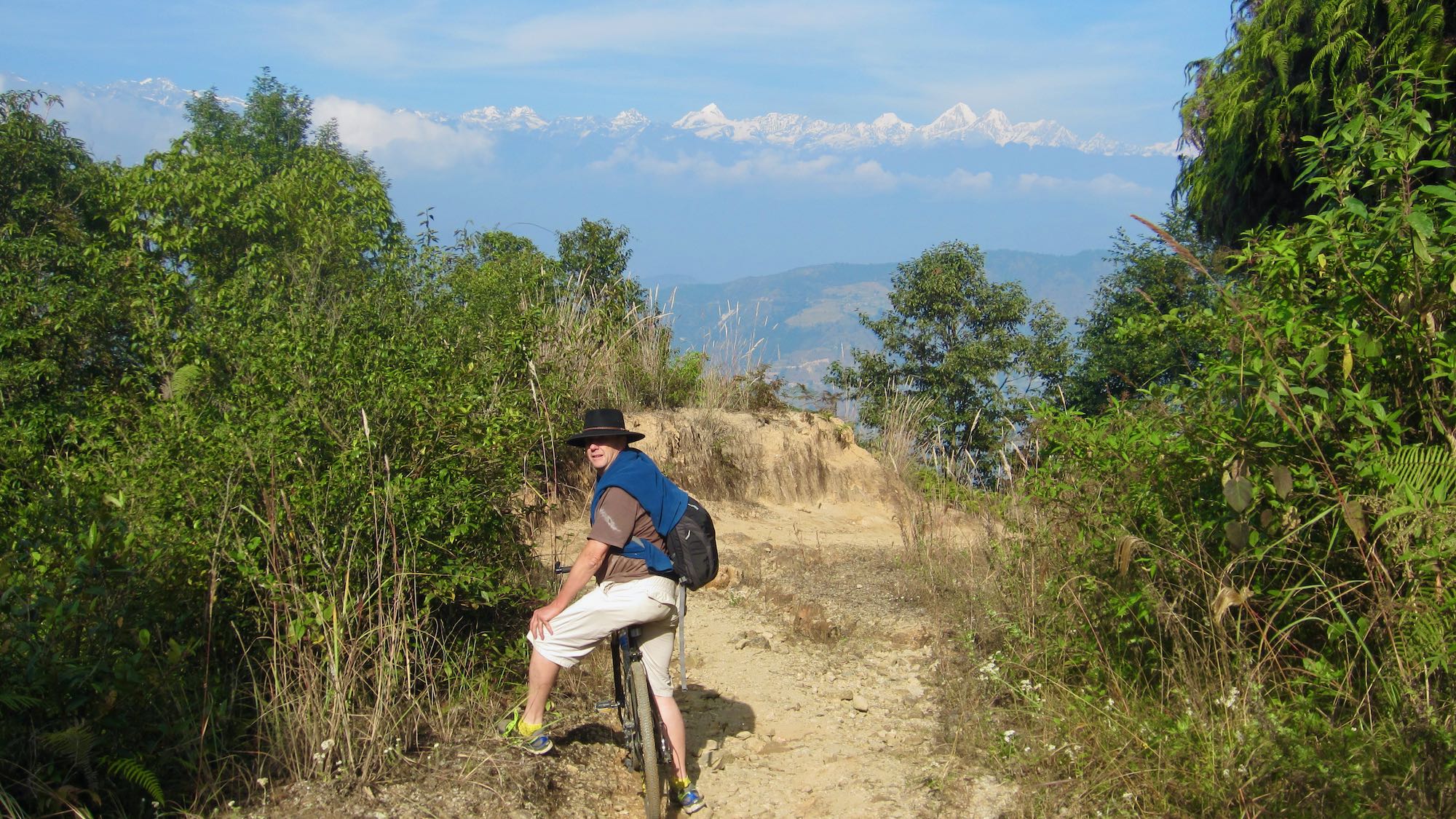
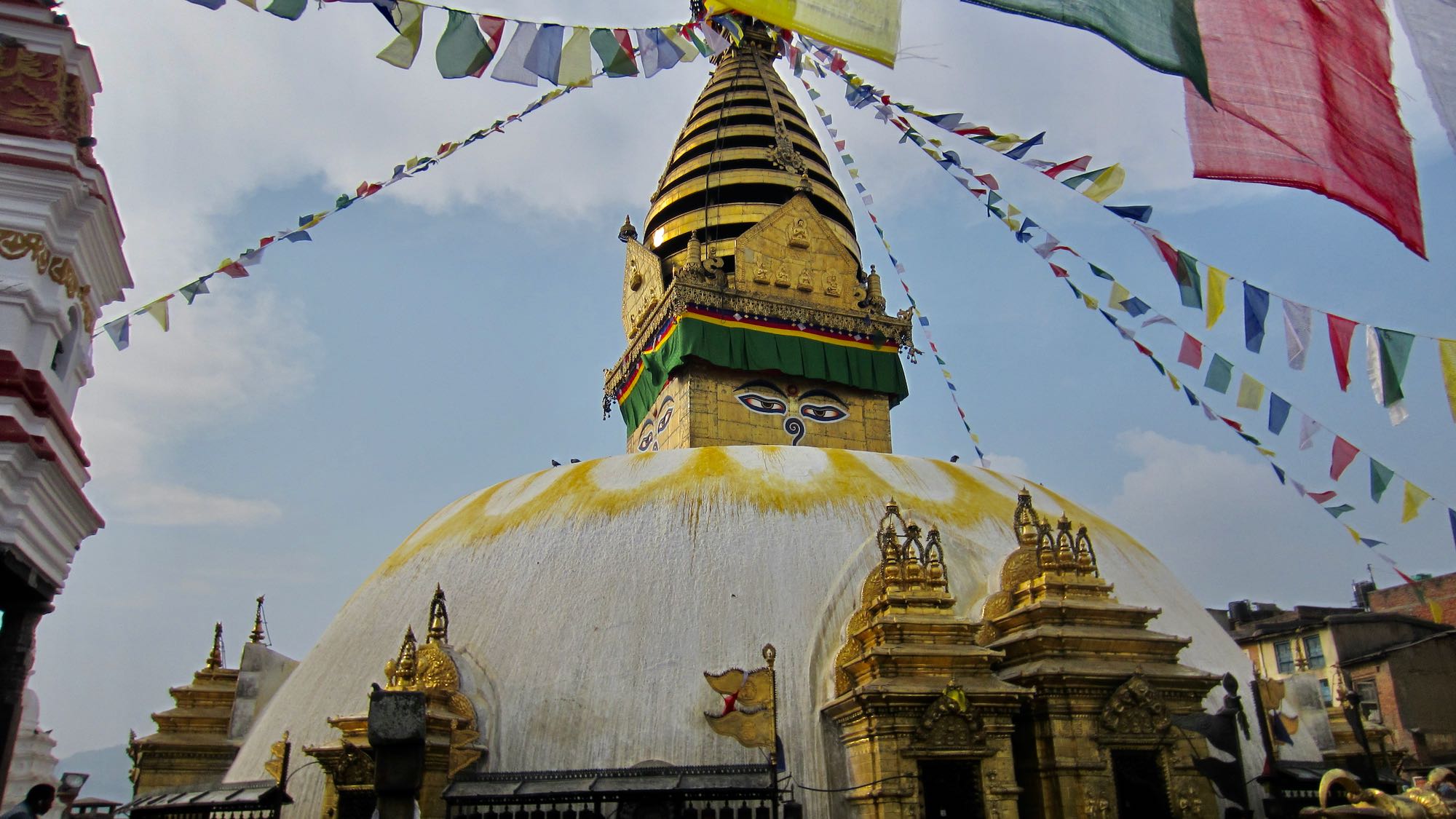
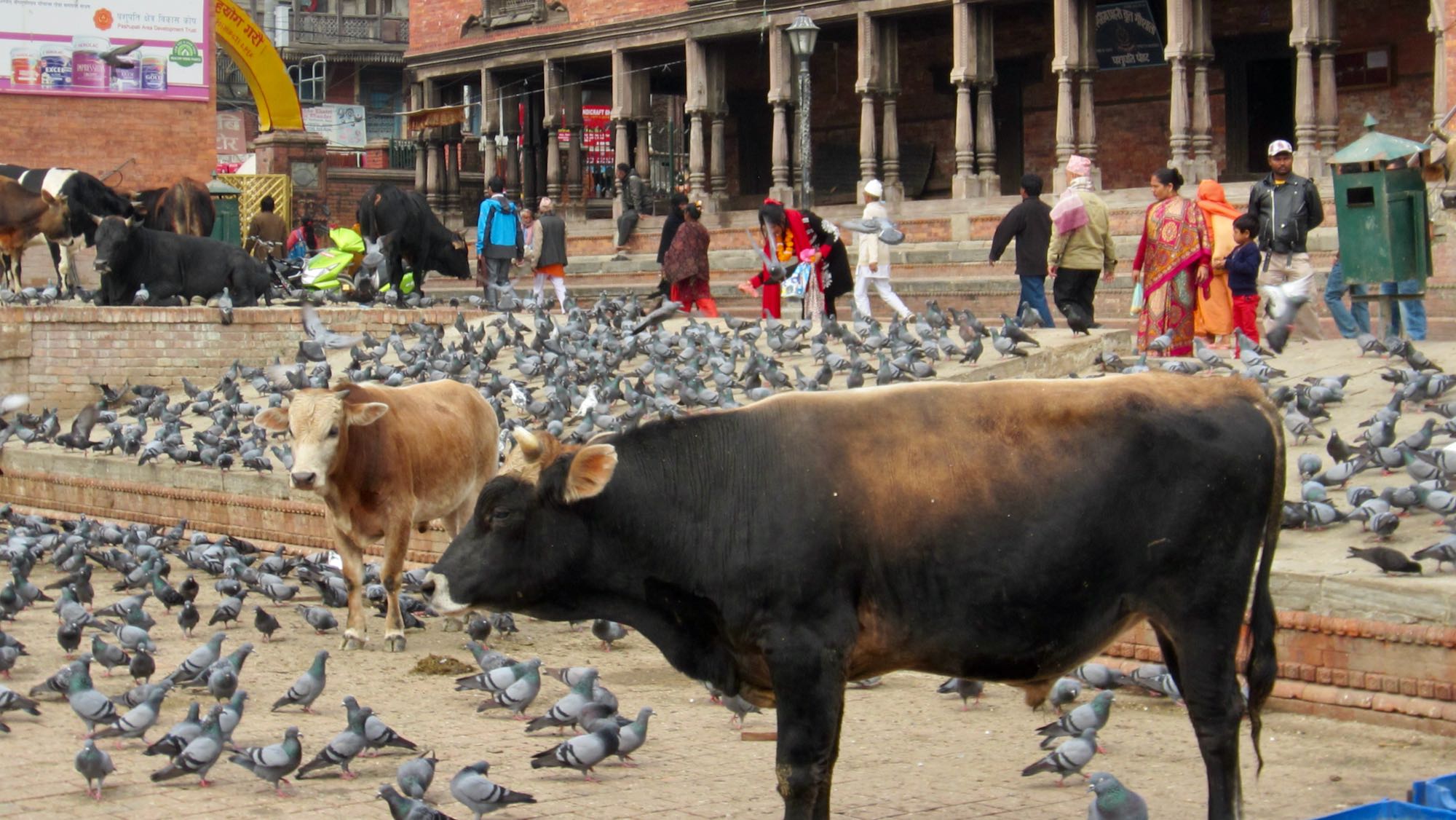

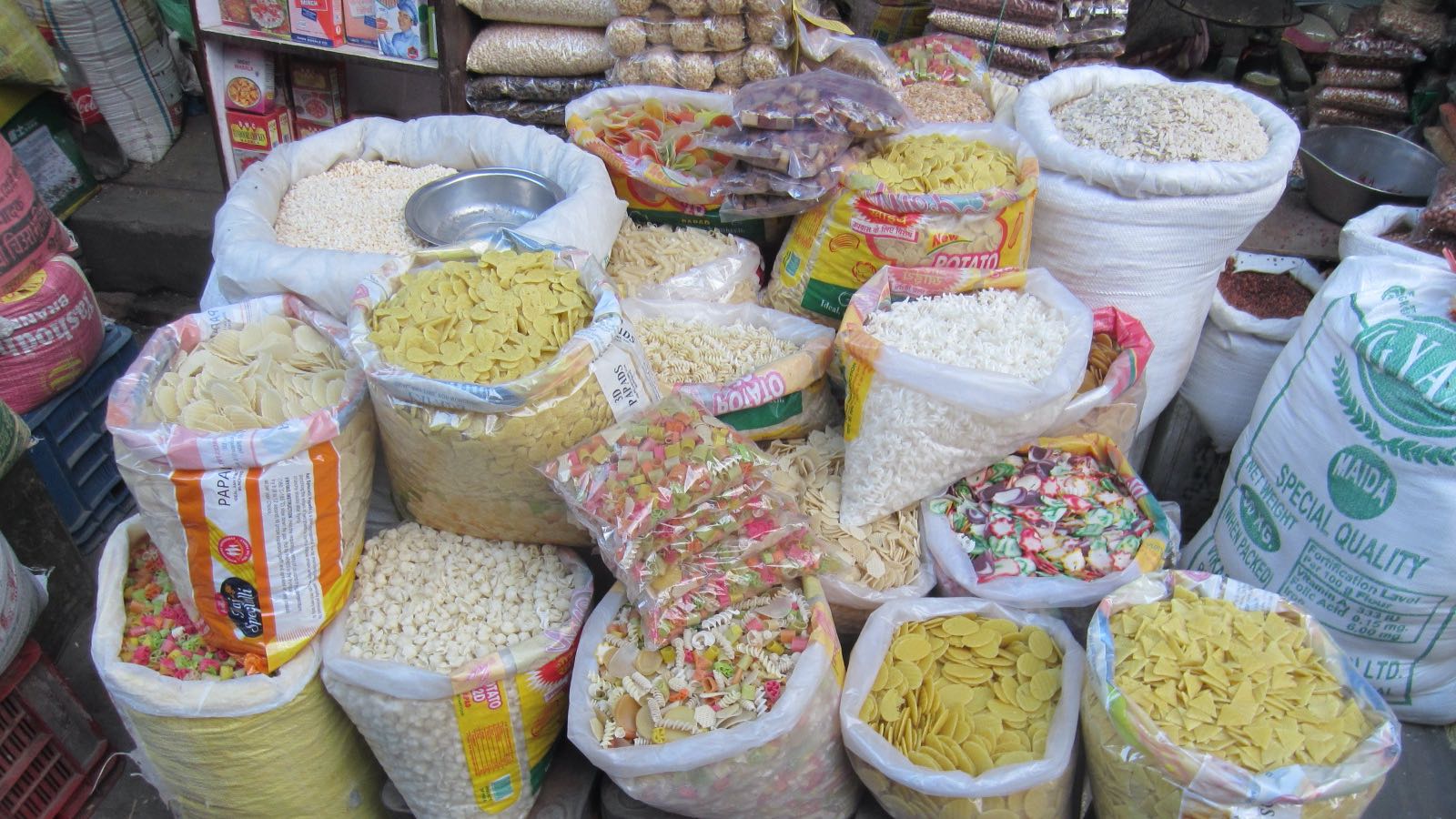
Leave A Comment